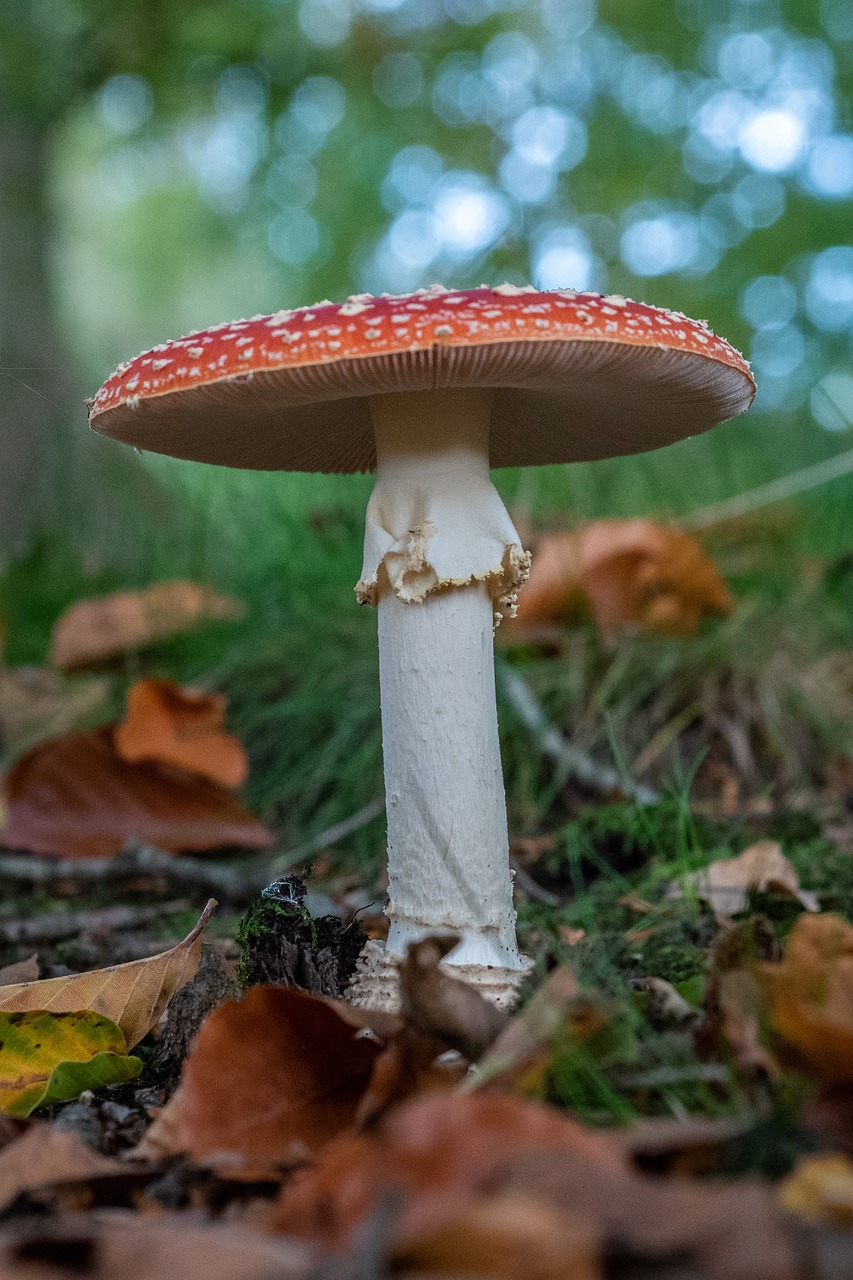What to do if your pet has been poisoned
- Check for danger – especially if you are unsure of the source of poisoning. If out and about, consider the possibility of the presence of a snake or a chemical that is harmful to humans.
- If you suspect your pet has inhaled something harmful (such as carbon monoxide) or if there is any hazardous substance such as spilled unidentified liquid present, do not risk your own safety. Ventilate the area if possible. You may need to call 999 and ask for the fire service if you suspect danger.
- Stay calm and approach your pet quietly, reassuring him or her. If you suspect that your animal has come into contact with a toxic chemical or substance, try to avoid touching your pet without any protection. Wear gloves if you have them to hand, or create a barrier with whatever you have (coats, blankets).
- Call your vet immediately, even if your pet appears to be well. Advise them that you believe your pet has been poisoned and of what the cause might be. Inform them of any symptoms your pet is showing and the approximate time that the pet may have been poisoned. Keep hold of any packaging – this will provide useful information to your vet.
- Flush any chemical residue from your pet’s fur with plenty of tepid water.
- Try to stop your pet from licking its fur – use a buster collar if you have one to hand.
- Do not make your pet sick unless otherwise advised to by your vet.
- Do not feed your pet.
- Get to the vet as quickly as possible. Poisoning cases are time-critical so any damage caused can be greatly reduced or avoided if the pet is seen immediately.
Animals can be poisoned through different routes including:
- Ingestion (eating something toxic)
- Absorption through the skin (e.g. walking through spilled chemicals)
- Injection (e.g. insect stings, snake bites)
- Inhalation (e.g. carbon monoxide poisoning). Birds are particularly vulnerable to gases and aerosols so the use of these around birds should be avoided.
Symptoms of poisoning include:
- Profuse dribbling
- Vomiting and/or diarrhoea
- Skin ulcerations or ulcerations of the mouth and tongue
- Swelling (particularly if bitten by a snake)
- Confusion or anxiety
- Trembling
- Twitching
- Flickering of the eyes
- Increased breathing rate
- Increased heart rate
- Seizures
- Stumbling/staggering around or appearing off-balance
- Increased thirst
- Increased urination
- Jaundiced appearance of the eyes and gums
- Collapse
Poisonous items include:
- Medications – including your pet’s own medication if an overdose is suspected or if the medication is given via the wrong route! For example, a topical medication could be eaten by your pet or accidentally administered orally.
- Pesticides, weed killers and rodenticides (also consider this if your pet is seen eating a rodent or animal which may have been killed by a rodenticide).
- Chemicals including anti-freeze, disinfectants, and beauty products.
- Food – Common toxic foods include chocolate, raisins, grapes, onions, garlic, avocado, products containing xylitol, alcohol, products containing caffeine and mouldy food items. Remember that food items that may not be poisonous can lead to other problems such as gastrointestinal upsets or pancreatitis.
This list is not exhaustive and therefore if you have any concerns about an item your pet may have eaten or come into contact with, use our poisons guide or contact us immediately for advice.


